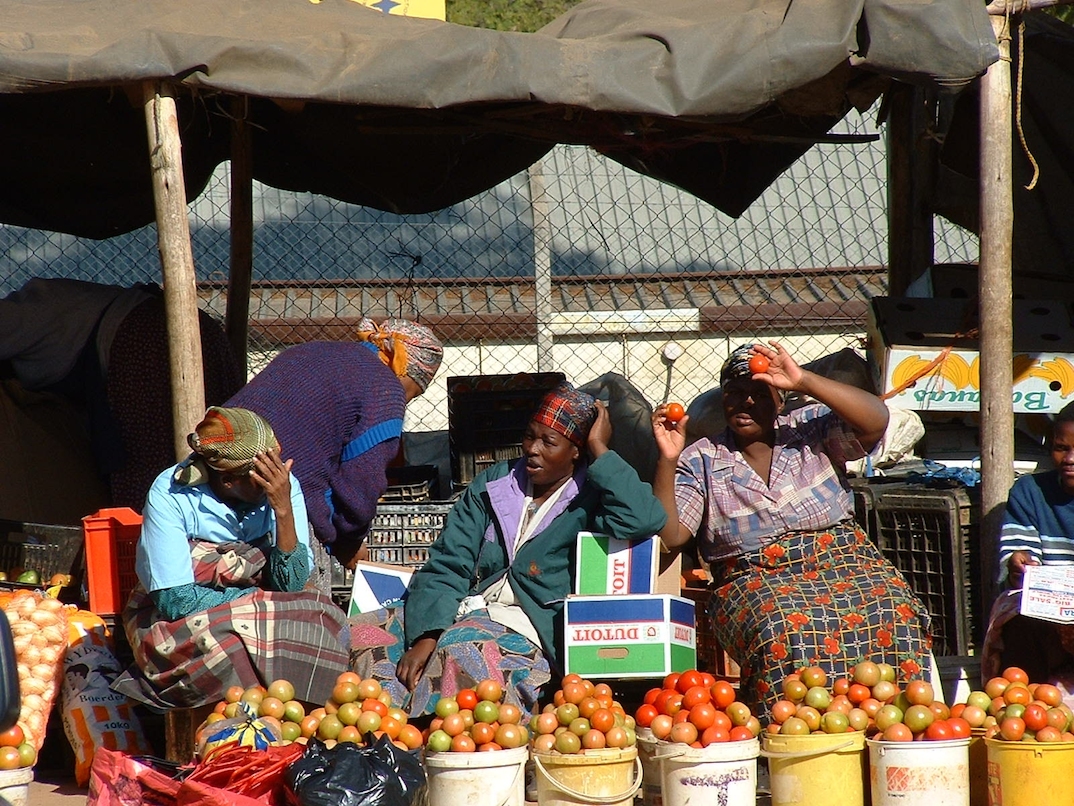I’ve been in the development business for a long time, going on 12 years now, but there is a particular moment that I can still remember where the potential of and the need for development work really came home to me.
 At the time, I was working for one of the larger development firms in Washington DC, focused on program development, which meant my sole professional focus at the time was developing proposals in response to request for proposals or quotations from the US Agency for International Development and other donor agencies. It was a good job, but like most young development professionals, I really wanted to be out in the field getting my hands dirty.
At the time, I was working for one of the larger development firms in Washington DC, focused on program development, which meant my sole professional focus at the time was developing proposals in response to request for proposals or quotations from the US Agency for International Development and other donor agencies. It was a good job, but like most young development professionals, I really wanted to be out in the field getting my hands dirty.
An interesting opportunity arose to respond to an unusual request for proposals in the country of Swaziland. If I remember correctly, the US State Department or USAID had funds left over from another program that they wanted to put towards local economic development. There was a short list of firms invited to bid and the timing (as it always is) was tight. I was selected to go on a several-week field mission with a more senior staff member to basically learn the lay of the land and identify opportunities in the local economy for which we could “hang our proposal” on.
I had never been to Africa. Ever. I found it somewhat humorous that I was being sent to one of the smallest countries in an otherwise gigantic continent as my first taste. And a landlocked one at that. As I remember it, Swaziland was a rich mix of color and vegetation with a relatively small capital municipality.
 As is typical with such field missions, my team member and I worked diligently to build and expand our contact list within the country quickly and have as many conversations as possible with local businesses and associations to understand where the real needs were in the country. At that time (as may still be the case), Swaziland had built significant capacity for textile development. And, because there were substantial tax incentives, a decent-sized “factory city” had sprung up and was a major source of employment and opportunity for local citizens. Clearly, this needed to be something on our radar and so we managed to set up an interview with several factory owners.
As is typical with such field missions, my team member and I worked diligently to build and expand our contact list within the country quickly and have as many conversations as possible with local businesses and associations to understand where the real needs were in the country. At that time (as may still be the case), Swaziland had built significant capacity for textile development. And, because there were substantial tax incentives, a decent-sized “factory city” had sprung up and was a major source of employment and opportunity for local citizens. Clearly, this needed to be something on our radar and so we managed to set up an interview with several factory owners.
One of the factory owners was available to actually take us on a tour of the factory (see the video on the next page). On the work floor were approximately 200 workers spread across various stages of measuring, cutting, sewing, and packaging clothing products. As the owner walked us through, he described to my partner and me his biggest problem for the near-term: employee turnover. At first, this didn’t strike me as highly unusual, as finding skilled workers and more importantly retaining them is difficult everywhere and a common problem in the developing world. But, as we stood there in the center of the work floor, I can remember as clear as day when the owner turned to us and said, “I will need to replace almost half of my workforce by next year because most of them will be dead.”
 At the time of my visit, the AIDS rate in Swaziland was more than 50%. It was reasonable to assume that more than half of the people that I was currently looking at were infected with a fatal disease, performing manual labor with limited access to antiviral drugs and living in a culture where people believed a man could cure himself by sleeping with a virgin.
At the time of my visit, the AIDS rate in Swaziland was more than 50%. It was reasonable to assume that more than half of the people that I was currently looking at were infected with a fatal disease, performing manual labor with limited access to antiviral drugs and living in a culture where people believed a man could cure himself by sleeping with a virgin.
I have not been back to Swaziland since, and the organization that I was working for at the time was ultimately unsuccessful in winning the funding for work in that country. But that trip was definitely a key moment in defining who I am now as development worker.




